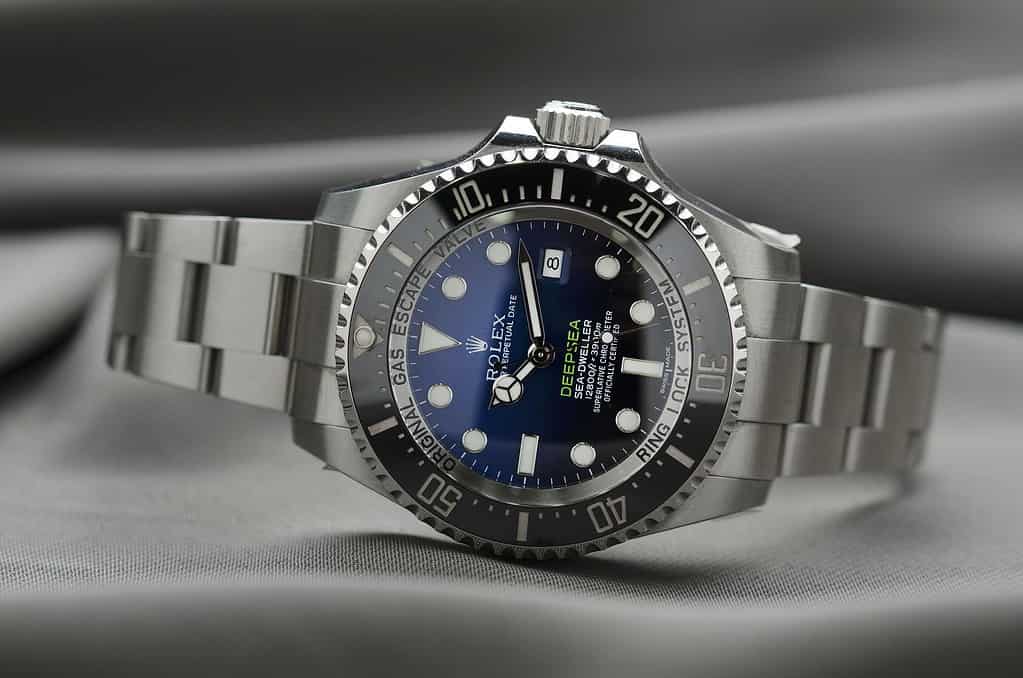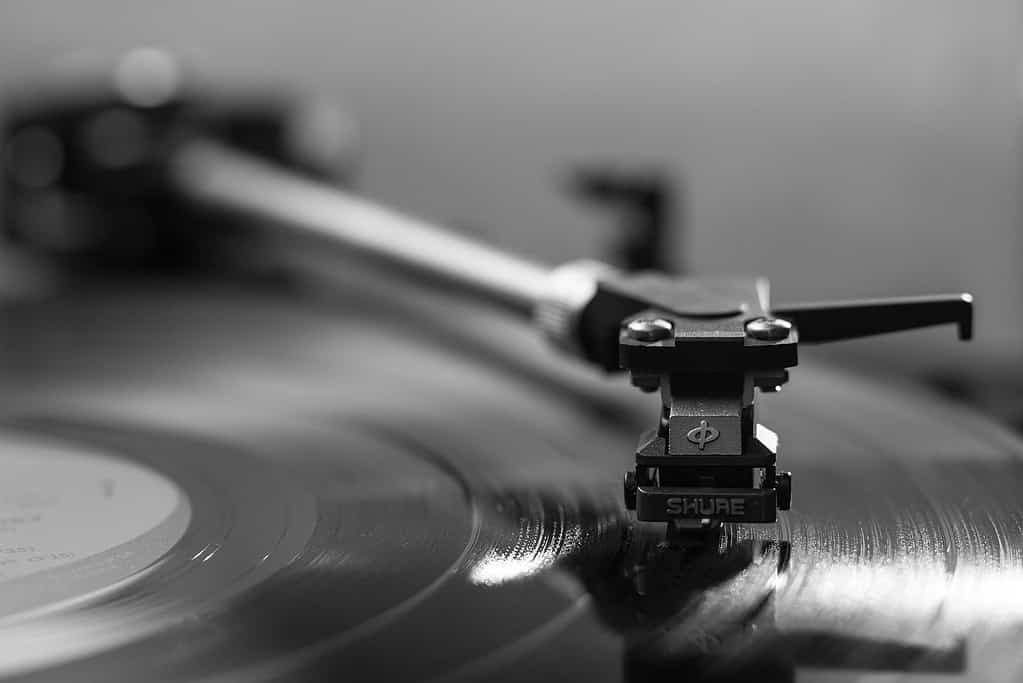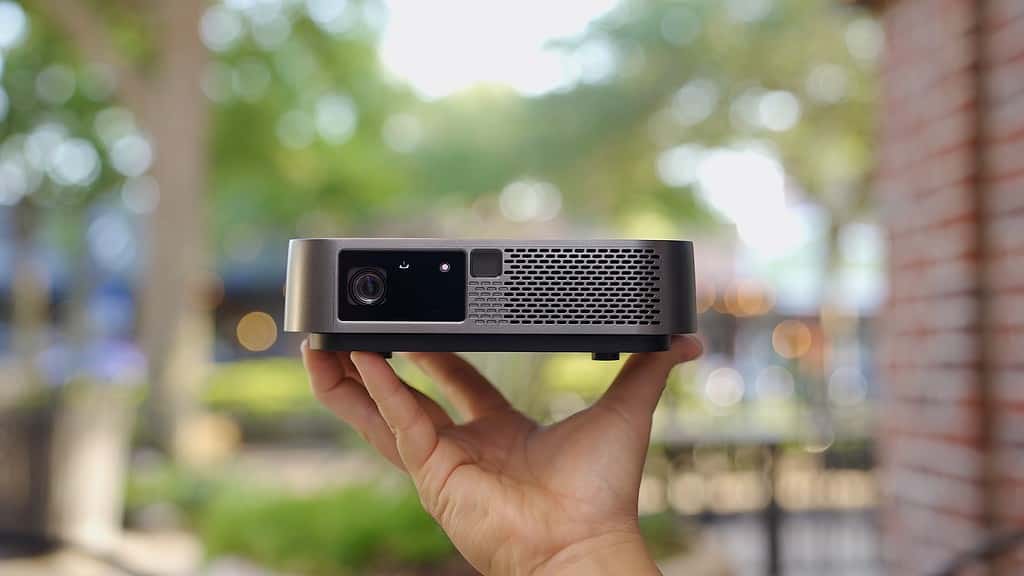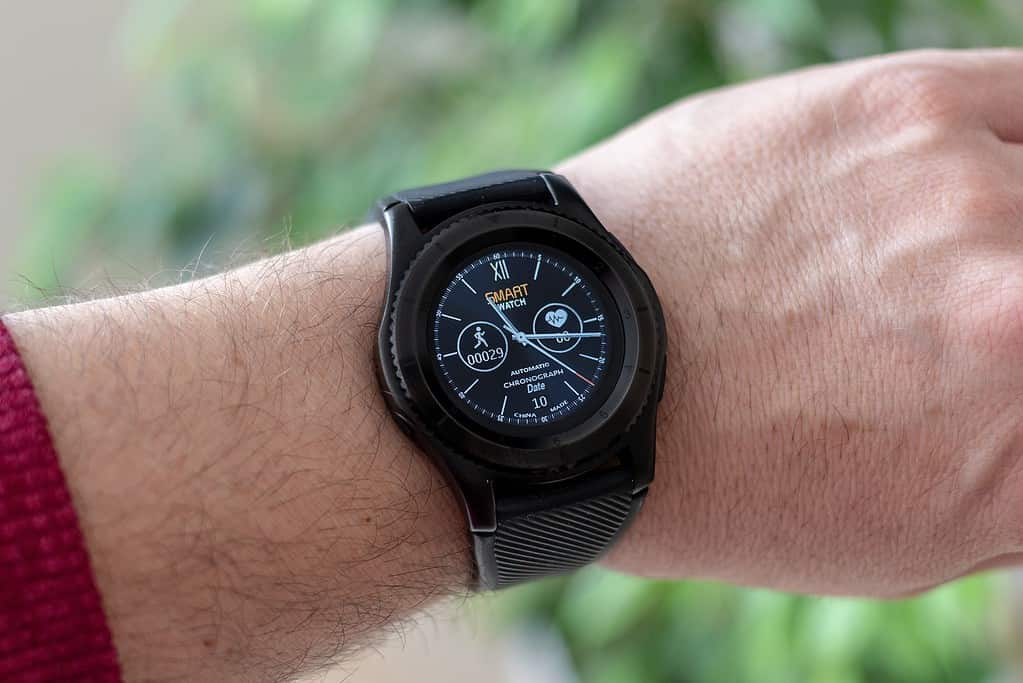Are you working on your next video project? Making content is a tedious process that has a lot of moving parts. To achieve a good output, you should cover all important bases including sound. Without good sound quality, your otherwise excellent video content may become subpar or even unwatchable.
If you’re using a digital single-lens reflect (DSLR) camera and in the market for an audio solution, consider getting a DSLR microphone. Read on to know more about DSLR microphones and why you should have one.
What Is a DSLR Microphone?
A DSLR microphone is an audio attachment designed to be paired with either a video-enabled DSLR camera or camcorder. They generally provide better sound quality compared to your device’s stock microphone, with some even having special broadcast features. Moreover, these microphones are lightweight and come in small form factors.
Why Should You Get a DSLR Microphone?
To attain high-fidelity audio, you need a good microphone. Here are the reasons why a DSLR microphone is a great solution if you want to enhance the sound quality of our projects.
Offers Better Audio Quality
While your DSLR camera’s built-in microphone may sound adequate, it still cannot compete with the quality that a dedicated external microphone can offer. Stock cameras may sound grainy and blown out, especially in wide-open settings. This makes sense since there are a lot of components inside a DSLR camera, so only a small space can be allocated for the internal microphone.
In contrast, a DSLR microphone is a focused device. All components in it are there for audio-related reasons. Hence, it captures and filters sound better, allowing for a crisper, clearer, and more defined audio experience.
Serves as a Backup Solution
You may think that you don’t need a DSLR microphone because you’re only working on an amateur project. You may even have a bigger and better audio solution, so you’d think that a DSLR microphone is already redundant and unnecessary. However, in the video industry, you should always have a backup.
There are only a few things worse than a microphone dying on you in the middle of a shoot. This is especially true if you’re covering time-sensitive events like weddings or seminars. Hence, it’s always recommended to have a safety net.
DSLR microphones are excellent backups since they are not clunky, and you can easily set them up.
Highly Portable
If you make outdoor videos, you need to pack a lot of things. You’ll need your camera, its lenses, light devices, collapsible tripods, and many more. Hence, you need a portable audio solution that wouldn’t consume much of your bag’s real estate.
DSLR microphones are highly portable devices, thanks to their small and light footprint. Some microphones also don’t require bulky and cumbersome add-ons to be properly set up. They’ll only need a couple of cables at most.
More Flexibility
Your camera’s internal microphone has inherent limitations. They cannot capture sounds from long distances. Moreover, they are fixed inside the camera. Hence, they cannot be seamlessly carried by your subjects.
If you want flexibility, you’ll need a dedicated DSLR microphone, specifically one that matches your needs.
Different Types of DSLR Microphones
Not all DSLR microphones are built the same. There are three types of these microphones with each type being priced differently and offering varying levels of performance. Hence, it’s important to know what DSLR microphone fits your use case to avoid overspending or getting an inadequate unit.
Handheld Microphone
As its name suggests, a handheld microphone is designed to be held by hand. It is not generally attached to the DSLR camera or mounted on a different platform.
Because it’s handheld, the microphone can be easily moved around and transferred to whoever needs to speak. This improves the overall sound quality since the microphone is placed closer to the mouth of the speaker and away from the noise and unwanted feedback sources. This makes handheld microphones ideal if you’re a journalist or reporter.
Additionally, handheld microphones are more affordable compared to the other types of DSLR microphones. Despite being inexpensive, they still offer relatively good audio performance. Hence, if you’re an amateur videographer or a starting vlogger on a budget, this type of microphone is a great option.
When it comes to build quality, these microphones are generally robust, and some don’t even require charging. However, the caveat is that they often require additional equipment like transmitters to be fully utilized. This makes the entire package not as portable as the other types.
Lavalier Microphone
Lavalier microphones, more commonly known as lapel mics, are tiny microphones that are typically clipped onto one’s clothing. If you want an audio solution that is discreet and least obtrusive, there’s no better option than a lavalier microphone.
In terms of performance, these microphones provide clear and detailed audio despite their minuscule form factor. This is, in part, thanks to the microphone being closer to the sound source. It’s likewise versatile since the subject always has the microphone attached to them wherever they go or whatever they do. There are even some models that have wireless support for added convenience.
Hence, these microphones are great if you’re conducting a lot of interviews or making a documentary-style film. However, it bears noting that they’re not the best at picking up ambient sound due to their small size, so you should go for a handheld or shotgun variant if that’s something you require.
Lavalier microphones are reasonably priced. They can be more expensive than handheld microphones but are usually more affordable than shotgun microphones. Hence, if you’re a bit budget-conscious yet still want a non-visually apparent sound solution, then this type of microphone is for you.
Shotgun Microphone
The most popular type of DSLR microphone are shotgun microphones, and for good reason. If you want to enhance your videography setup, a shotgun upgrade is worth considering.
Shotgun microphones are excellent at picking up sound from a distance. They are also highly directional, meaning that they would capture the most sound from the area where the microphone is facing. This directional pickup gives shotgun microphones the best sound filtration and noise reduction capabilities compared to the other types of DSLR microphones.
These microphones are also versatile. They can attach directly to your DSLR camera or be mounted on a boom pole. They’re best used in large venues where the subject is a fair distance away like in hall lectures or music events.
However, shotgun microphones are the most expensive type of DSLR microphone. The cost alone can make some budget-conscious videographers turn to more affordable alternatives like handheld microphones. However, if video making is your bread and butter and you want to greatly improve the sound quality of your videos, a shotgun microphone is a great investment.
DSLR Microphone Configurations
After choosing the DSLR microphone that best fits your needs, you should configure it with your DSLR camera. There are many ways to configure a microphone, and it will depend on your preference and the video you are making.
Attach the Microphone Directly
You can attach the microphone directly to your DSLR camera’s hot shoe or use an XLR adapter. The benefit of this configuration is that your microphone gets an independent power source. It also allows you to monitor the sound inputs and outputs better.
Use a Pole
If you’re using a shotgun microphone, you can hook the microphone into a boom pole. This will allow you to take full advantage of the shotgun’s sound-directional feature. Moreover, it helps place the microphone at an elevated position and away from the camera’s view.
Record Audio Separately
You can record the audio using the microphone separately from the video. However, this can be a bit tedious since you’ll have to use editing software to edit and synchronize everything later on.
It’s important to note that some DSLR microphones have limited configurability either due to their restricted feature set or design incompatibility. Hence, you should make sure that the microphone you get can be configured in the manner you prefer.
Final Thoughts
DSLR microphones are important if you want to produce videos with high-quality audio. From flexible handheld microphones to highly directional shotgun microphones, there are several options you can choose from.
Just make sure that the microphone you buy is well-suited for your specific activities and projects. For more information about DSLR cameras and microphones, visit our site.





